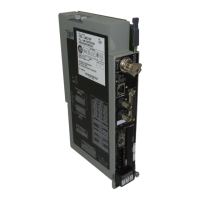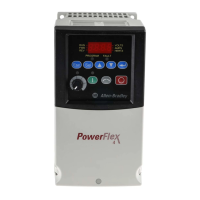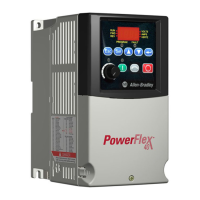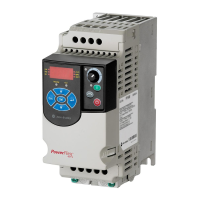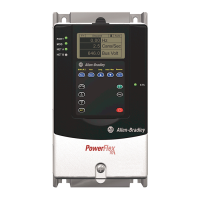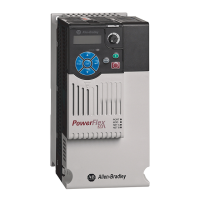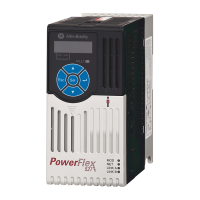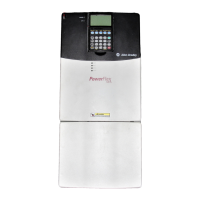Publication 1785-UM012D-EN-P - July 2005
6 Index
indicators
1771ALX
F-9
1771ASB F-6
communication F-4
Ethernet F-5, F-6
extendedlocal I/O F-5
PLC5/11,5/20 1-3
PLC5/20E 1-6
PLC5/30 1-4
PLC5/40, 5/60, and 5/80 1-5
PLC5/40E and 5/80E 1-7
PLC5/40L, 5/60L 1-8
processor F-2
indirect
address
4-18
instructions
ASCII
D-27
bit modify D-16
blocktransfer D-25
compare D-5
compute D-7
conversion D-15
counter D-4
diagnostic D-19
file D-17
logical D-14
memory
bit and word instructions
D-30
file, program control, and ASCII
D-38
message D-25
move D-16
PID D-25
prescan timing F-10
program control D-22
quick reference D-1
relay D-2
sequencer D-21
shift register D-20
timer D-3
timing
bit and word instructions
D-30
file, program control, and ASCII
D-38
interrupt routines 13-10
interrupts C-3
scheduling 13-11
introduction
processor scanning
5-1
remote I/O 6-3
K
keyswitch
operation
1-9
PLC5/11, 5/20 1-3
PLC5/20E 1-6
PLC5/30 1-4
PLC5/40, 5/60, and 5/80 1-5
PLC5/40E and 5/80E 1-7
PLC5/40L, 5/60L 1-8
L
ladder logic 1-10
last state 15-2, E-4, E-5
logic scan 5-2
time C-2
logical address
mnemonic
4-18
specifying 4-17
logical instructions D-14
M
main control program 16-4
main control programs 1-10, 16-1
major faults
clearing
15-7, 15-12
defined 15-2
responses 15-1
master communication 10-12
DF1 master mode 10-3
messagebased mode, defined 10-4
pointtopoint 10-6
standard mode 10-4
master station polling 10-4
maximizing system performance 16-2
MCPs 1-10
configuring 16-4
monitoring 16-5
scan time 16-5
scheduling 13-11, 16-2
specify order 16-4
temporarily disable 16-4
using 16-1
media
Ethernet
11-1
member
data storage
4-11
memory
bit and word instructions
D-30
data storage 4-10
data table file sizes 4-13
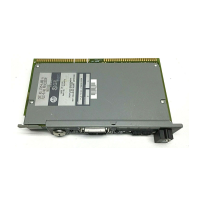
